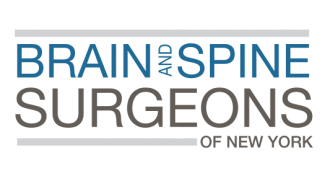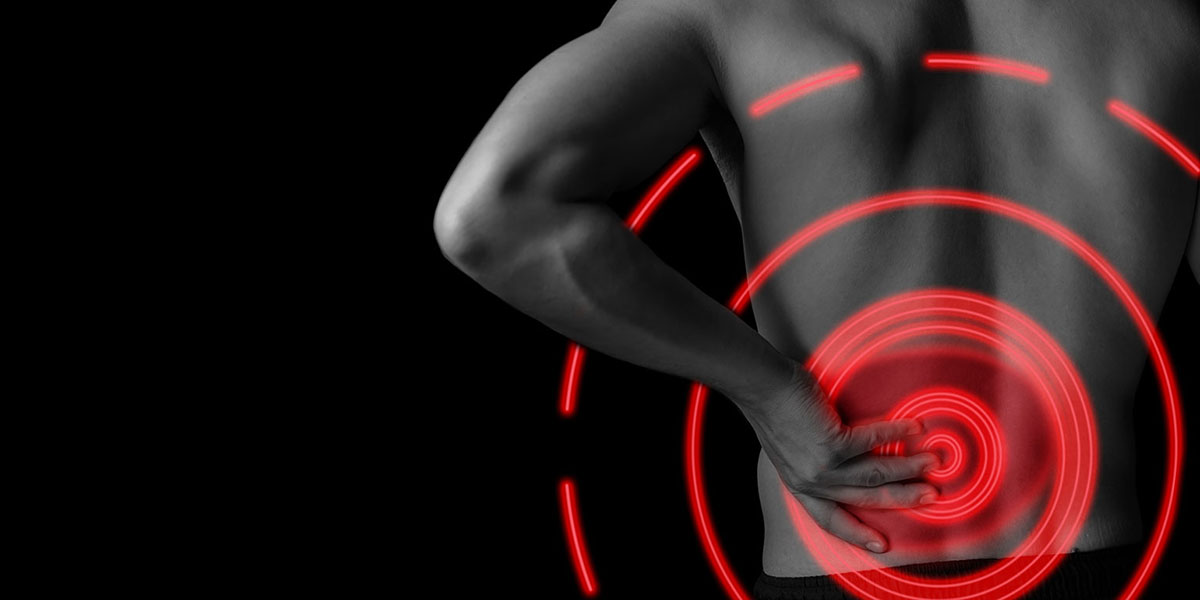
Laminectomy
A laminectomy is a type of minimally invasive back surgery we perform to relieve spinal nerve compression that results from spinal stenosis or a herniated disc.
The procedure enlarges your spinal canal in the lumbar area (lower back) by removing the lamina – the back part of a vertebra covering your spinal canal. Enlarging your spinal canal relieves pressure on the spinal cord or nerves caused by bone spurs within the spinal canal. These bone spurs can narrow the space available around your spinal cord and nerves and can cause pain, weakness, or numbness that radiates down your arms or legs.
While many cases of spinal stenosis or disc herniation can be successfully treated through one or more conservative methods, such as rest, nonsteroidal anti-inflammatory drugs (NSAIDs), physical therapy, or the support of a back brace, in some instances these treatments are insufficient. If the symptoms of spinal stenosis or disc herniation become progressively worse, a laminectomy may be recommended.
The Procedure
While the patient is under general anesthesia, the surgeon will make a small incision directly over the affected area of the back. S/he will then insert an imaging device (called a fluoroscope) through the incision in order to precisely visualize the structures of the vertebrae and pinpoint the problem area.
Depending on the extent of the damage, the lamina may be removed in portions or in its entirety on both sides of the spine. Typically, the surgeons in our practice minimize the amount of excision in order to provide a minimally invasive intervention. However, sometimes the entire lamina is removed, depending on the extent of the damage. By removing the lamina, bone spurs, and other debris, the compression of the spinal cord and spinal nerves is alleviated and symptoms improve.
The laminectomy procedure typically lasts one or two hours, depending on the extent of the operations and the number of involved levels of the spine.










